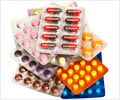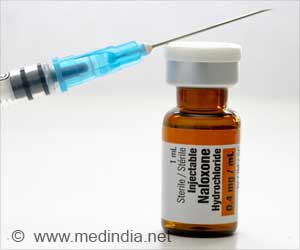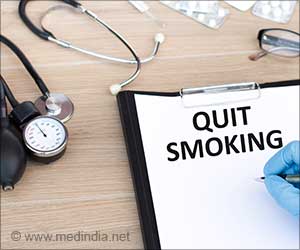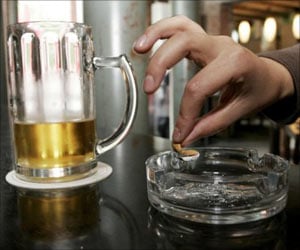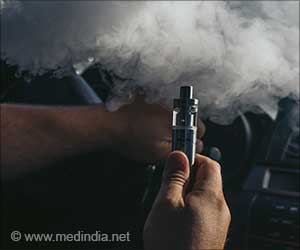Drug overdoses are a leading cause of accidental death in the U.S. Naloxone, a nasal spray, can quickly reverse opioid overdoses.
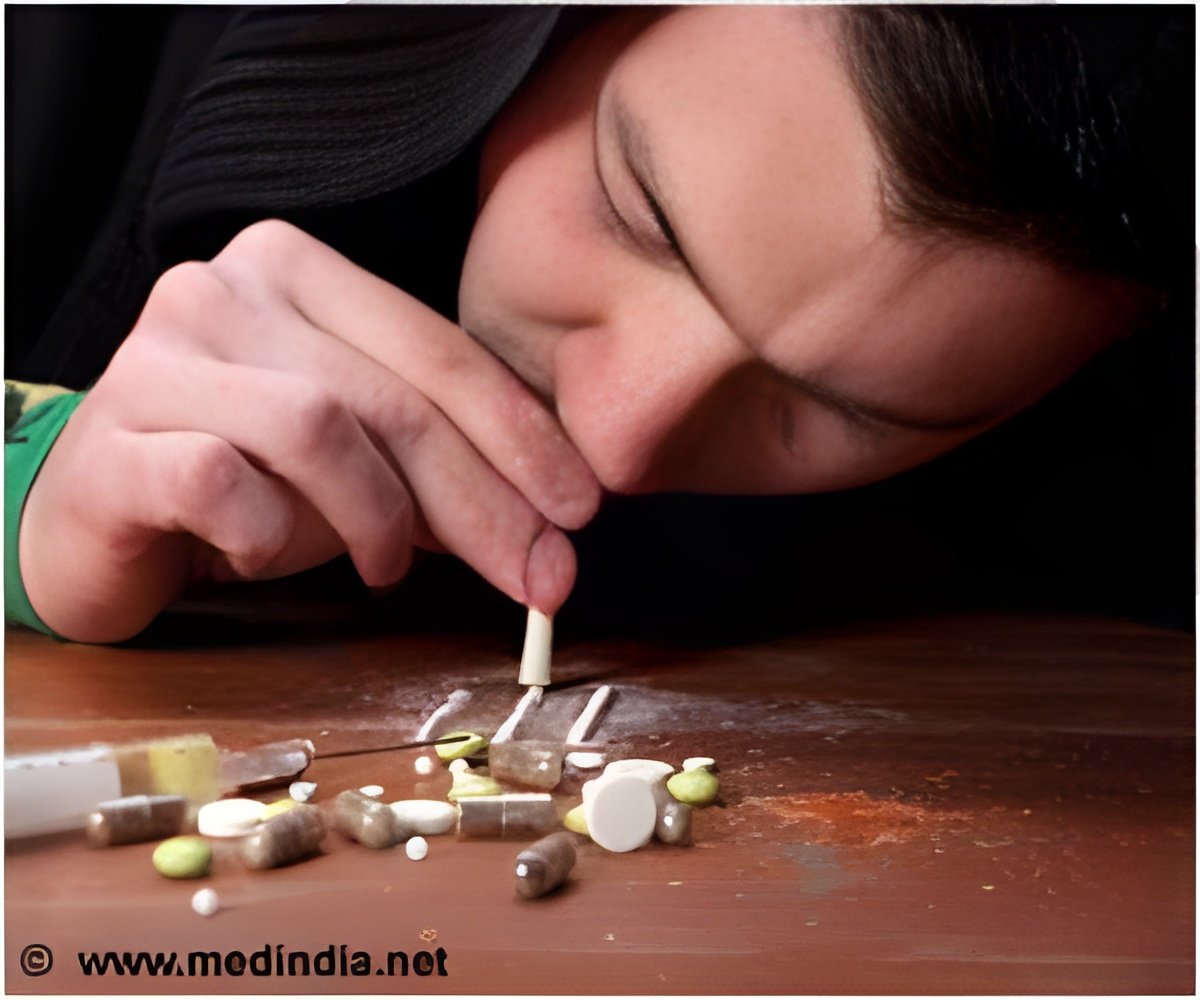
Survey finds more than 3 in 4 Americans don't feel they could help someone suffering an opioid overdose
Go to source).
‘77% of people worry they wouldn’t know how to respond to an overdose. #drugoverdose #opioids #naloxone #medindia’





Advertisement
Public Concern Over Inability to Handle Overdose Situations
A recent survey of 1,000 Americans conducted by The Ohio State University Wexner Medical Center and College of Medicine stated that three in four Americans would not be able to get involved to treat an overdose.The Ohio State survey found that 77% of people are concerned that they wouldn't be able to respond if they saw someone having an overdose. "And while I'm not surprised about this result, I am deeply concerned because we know that the more of us who are prepared to save a life, the more lives we can save,” said Trent Hall, DO, an addiction medicine physician in Ohio State’s Department of Psychiatry and Behavioral Health.
Advertisement
Use of Naloxone for Opioid Overdose Treatment
Two FDA-approved medications are now available for anyone to use to help treat an overdose caused by opioids, such as fentanyl. Both naloxone and nalmefene, which are sold under the brand names Narcan and Opvee, are nasal sprays that are simple to use to reverse the effects of an opioid overdose.“Some people tell me that they're nervous or uncomfortable with the idea of using naloxone to save a life,” Hall said. “But there's nothing more terrifying than being in the moment, seeing someone who's having an overdose, and being powerless to help. Carrying naloxone empowers you to save a life in your community.”
Naloxone is available over the counter without a prescription, and many community-based programs also provide naloxone for free. Opioid overdose happens in communities all over the country. The dangerously potent opioid fentanyl is often mixed into other substances or disguised as other kinds of pills, so people might not even know that they’ve had it until it’s too late.
Advertisement
Impact of Naloxone Amid Rising Overdose Deaths
“We know that we're losing more than 100,000 lives in the United States every year due to drug overdose. Naloxone has saved countless lives across this country. We'll never know how many lives have been saved because so many overdoses go unreported,” Hall said.In the past 20 years, overdose death rates have increased fourfold, said Hall, who also conducts research at Ohio State on opioid use disorder. “Our research shows that when patients come here for treatment of opioid use disorder, the average patient has survived five accidental overdoses before coming here. And each one of those was a potentially fatal event,” Hall said.
“Imagine someone showing up for treatment who'd had five heart attacks before, or five strokes. This is every bit as dangerous, and naloxone is something that we can all use to save a life.”
When to Administer Naloxone
If someone is unconscious, not breathing, and unable to respond when gently shaken, naloxone should be administered. If the person has passed out for another reason other than an opioid overdose, giving them naloxone will not cause any harm.
How to Administer Naloxone
- Check the person who might be having an overdose.
- Shout their name and shake their shoulder.
- If they are not breathing, open up the naloxone nasal spray and spray into their nostrils.
- Call 911 to make sure they get attention from emergency medical services.
- Another dose of naloxone may be needed if they don’t respond to the first dose after 2-3 minutes.
- Stay with them until emergency help arrives.
Reference:
- Survey finds more than 3 in 4 Americans don’t feel they could help someone suffering an overdose - (https://wexnermedical.osu.edu/mediaroom/pressreleaselisting/overdose-awareness-day)
Source-Eurekalert


